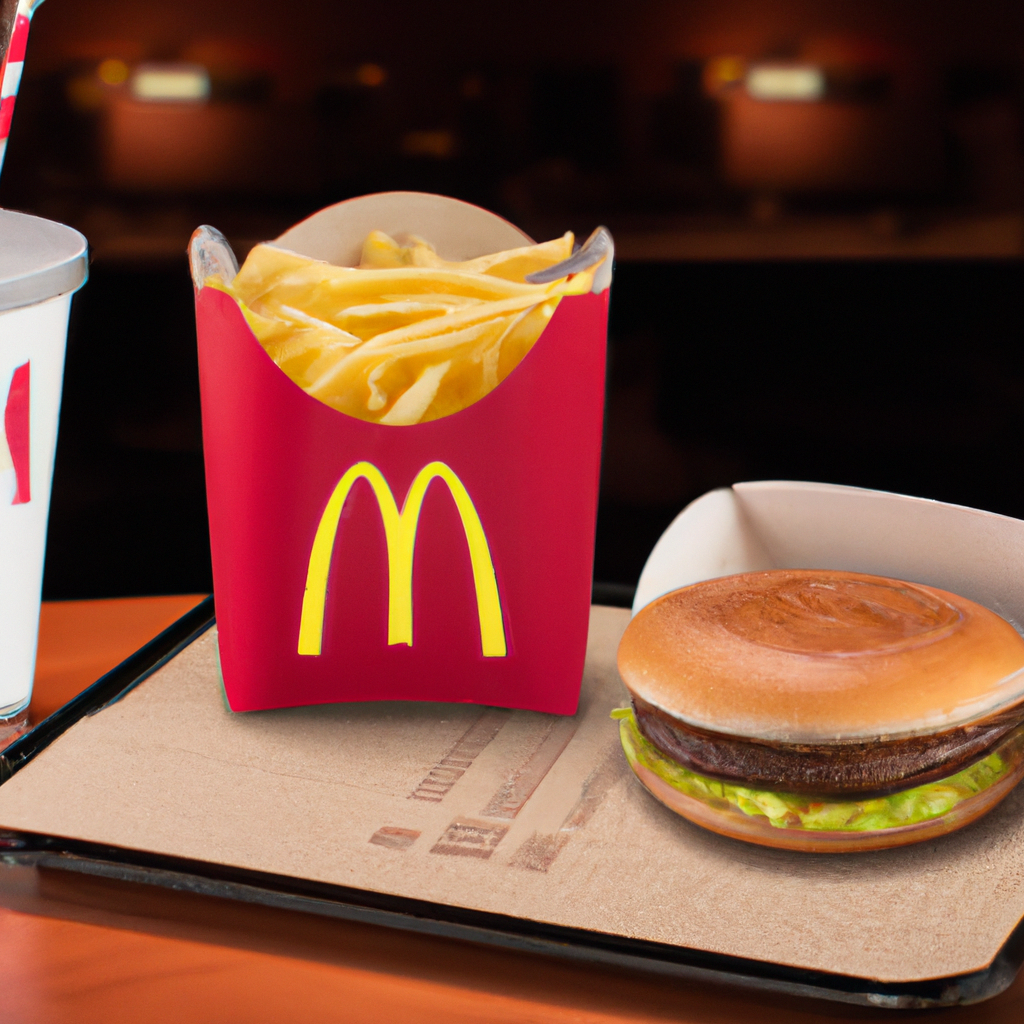McDonald’s is anticipating a modest profit from its new $5 meal deal, with profit margins estimated to be between 1% and 5%, translating to approximately $0.05 to $0.25 for each combo sold, according to restaurant analyst Mark Kalinowski. This initiative aims to attract customers who are feeling the pressure of inflation, with the hope that they will purchase additional items once they visit the restaurant.
However, the profitability of the $5 meal deal hinges on various factors, including the costs of ingredients, labor, and overhead expenses. Arlene Spiegel, president of Arlene Spiegel & Associates, characterized the deal as “more promotional than profitable.”
Although the deal might entice diners back to McDonald’s, it doesn’t guarantee that franchise owners will benefit from the profits. With about 95% of McDonald’s locations being franchisee-owned, each owner sets their own prices and manages additional costs such as rent and insurance.
In comments made in May, Joe Erlinger, president of McDonald’s U.S., mentioned that franchisees often implement promotional deals like the $5 offering to reduce overhead costs. Nevertheless, Spiegel noted that the bundle ultimately serves as a “loss leader” aimed at attracting customers. Once expenses such as labor, packaging, condiments, delivery charges, and marketing are accounted for, she indicated that franchise owners might eliminate any profit margins on the items in the deal.
